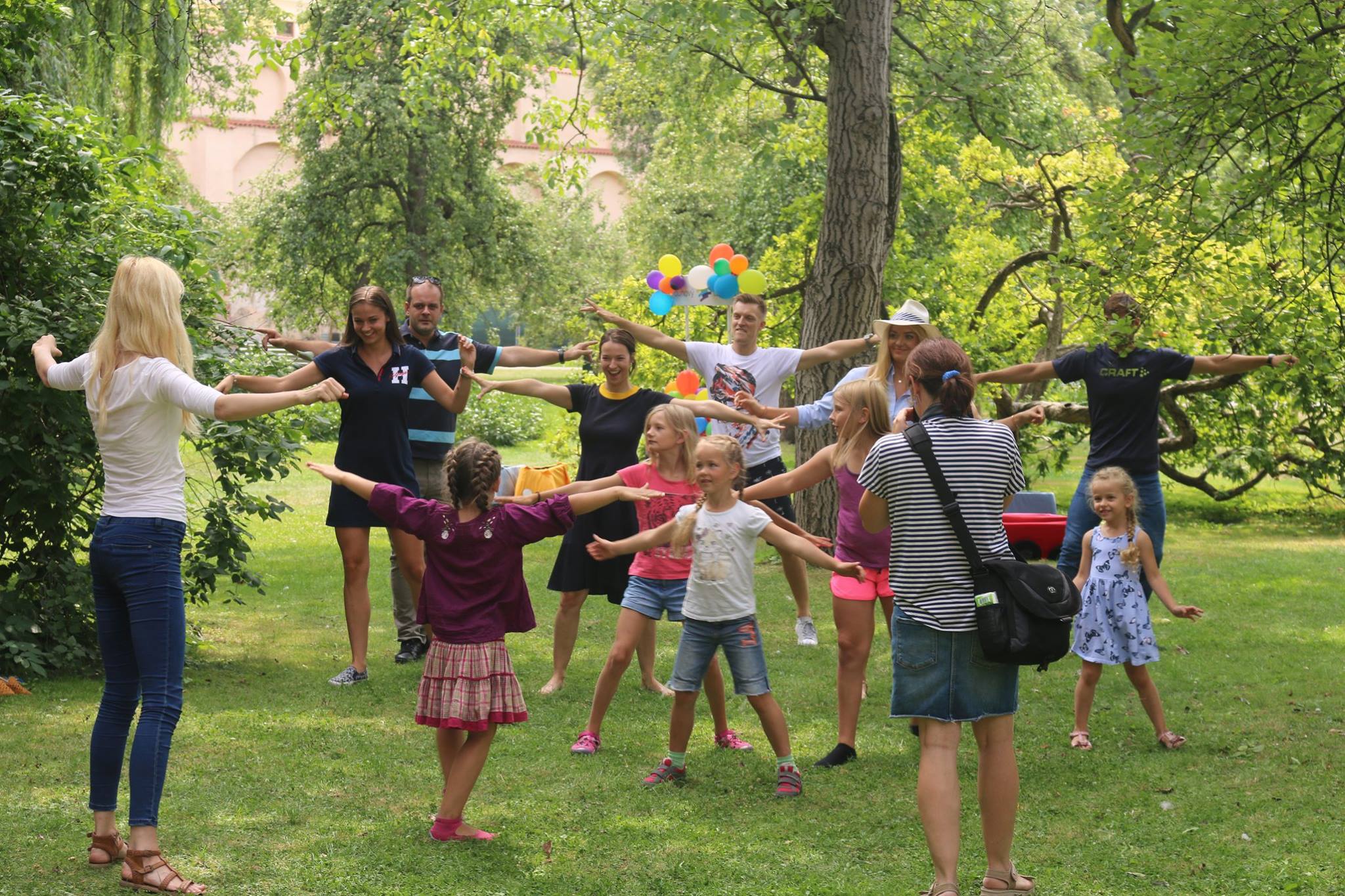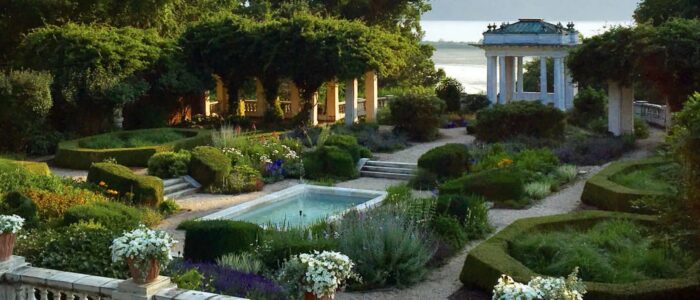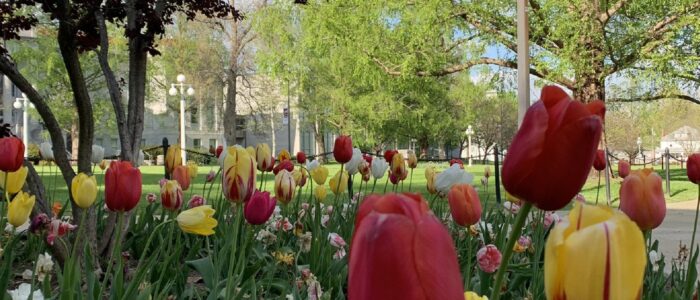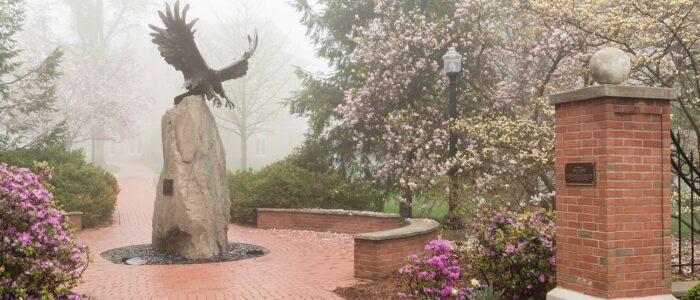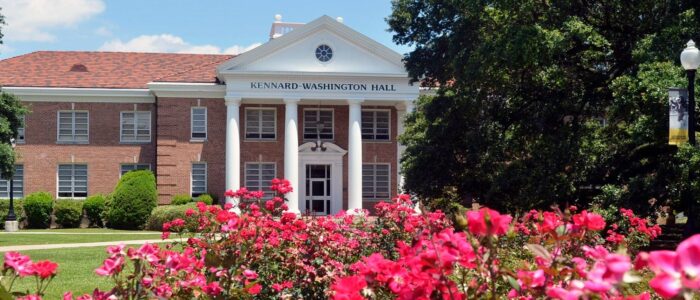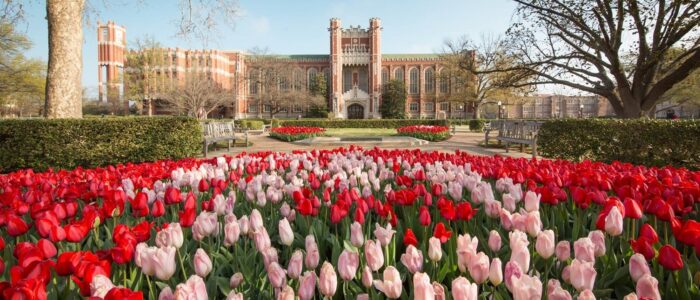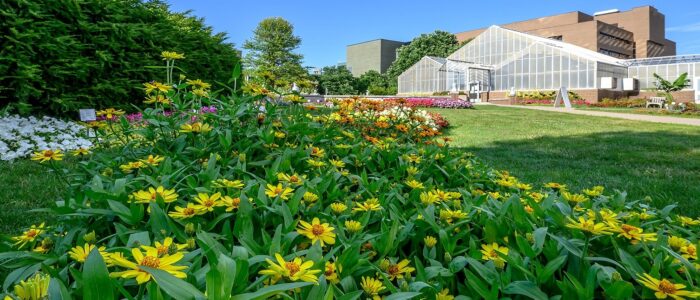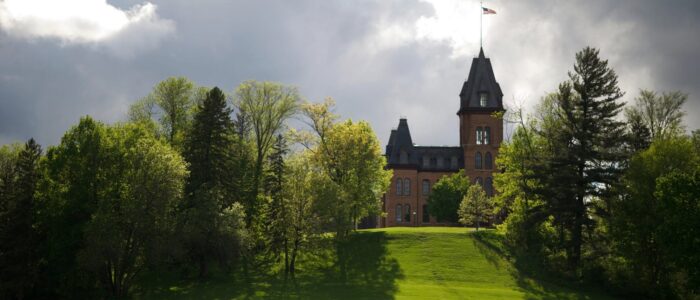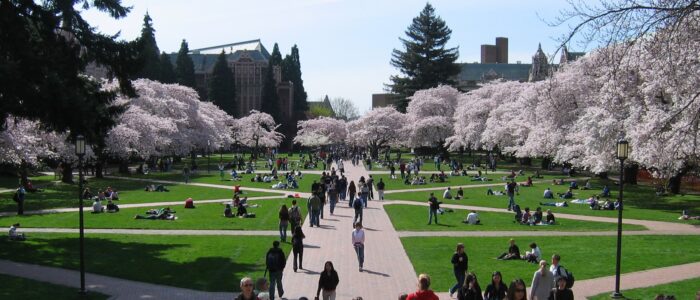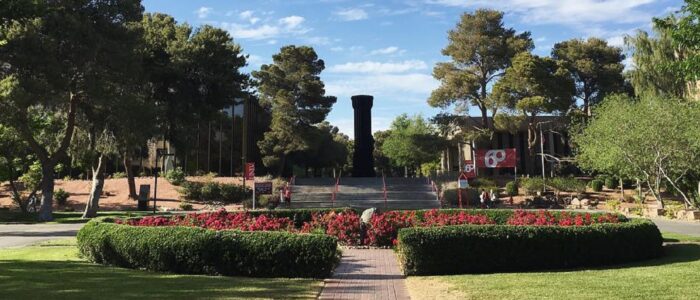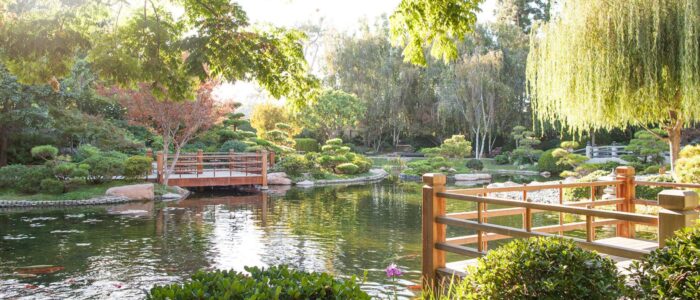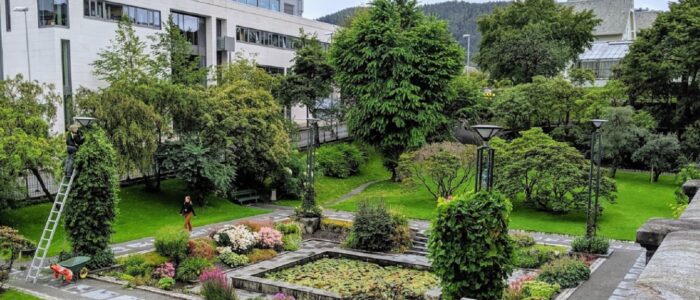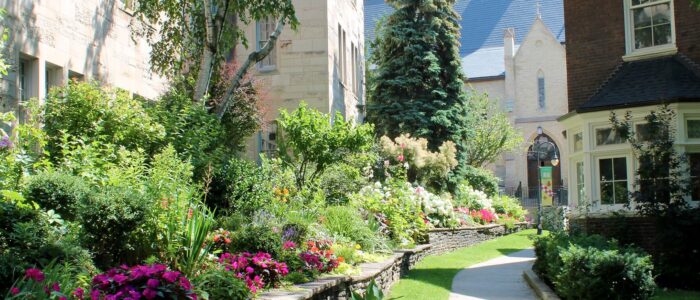I hear it in the deep heart’s core.
— William Butler Yeats
Today we walk through literature governing the safety and sustainability of the open space features of education community estates. Unlike the titles for the building envelope, which are known to most design professionals and contractors, the standards for grounds and landscaping are widely scattered; many of them occupational safety related; created, administered and enforced by units of government.
Bucolia 100. We present a broad overview of the dominant standards catalogs incorporated by reference into public safety and sustainability legislation.
Bucolia 200. We drill into technical specifics of the titles in Bucolia 100.
Bucolia 400. We pick through case studies in landscape, garden, tree and water literature. We also track titles about the reclamation of building roofs for permeable surfaces and gardens.
During the winter months (Bucolia 200) in the northern hemisphere we include snow and ice management; while covering summer month technologies for southern hemisphere (and vice-versa). Snowfalls in the southern hemisphere are mainly contained to the highlands and mountain ranges, which are almost exclusively in Victoria and Southern New South Wales, as well as the mountains in Tasmania. Winter does not pose as much of a cost burden to education facilities in the southern hemisphere as it does in the northern hemisphere.
|
Landscape standards refer to guidelines or regulations that specify the requirements for the design, installation, and maintenance of outdoor spaces such as parks, gardens, streetscapes, and public spaces. Landscape standards typically cover various aspects of landscape design, including vegetation selection, planting arrangements, irrigation systems, hardscape materials, and lighting. These standards may be set by government agencies at the federal, state, or local level, or by professional organizations such as the American Society of Landscape Architects (ASLA). Landscape standards aim to ensure that outdoor spaces are safe, functional, and aesthetically pleasing while also promoting sustainability and environmental protection. Landscape standards may also address issues such as accessibility for people with disabilities, water conservation, stormwater management, and erosion control. They may vary depending on the specific location, climate, and intended use of the outdoor space. Compliance with landscape standards may be required for approval of development projects, public funding, or other permits. |
We track the standards catalog of two ANSI-accredited standards developers:
Tree Care Industry Association
Additional practice titles applicable to accessory systems:
ASABE/ICC 802 Landscape Irrigation Sprinkler and Emitter Standard
ASHRAE 90.1 Energy Standard for Sites and Buildings
Golf Course Superintendents Association of America
National Electrical Code: Article 411 Low-Voltage Lighting
National Electrical Code: Article 225: Outside Branch Circuits and Feeders
Illumination Engineering Society (Lighting Library)
Land F/X: Landscape Lighting, Codes, Guidelines and Techniques
OSHA Landscape and Horticultural Services
Sports Turf Managers Association
As a cross-cutting subjectSports Turf Managers Association ( involving soil and water and sun many other standards developers, and all levels of government, produce best practice literature for today’s topic. We’ll have a look at what’s moving among those.
To join us use the login credentials at the upper right of our home page.



